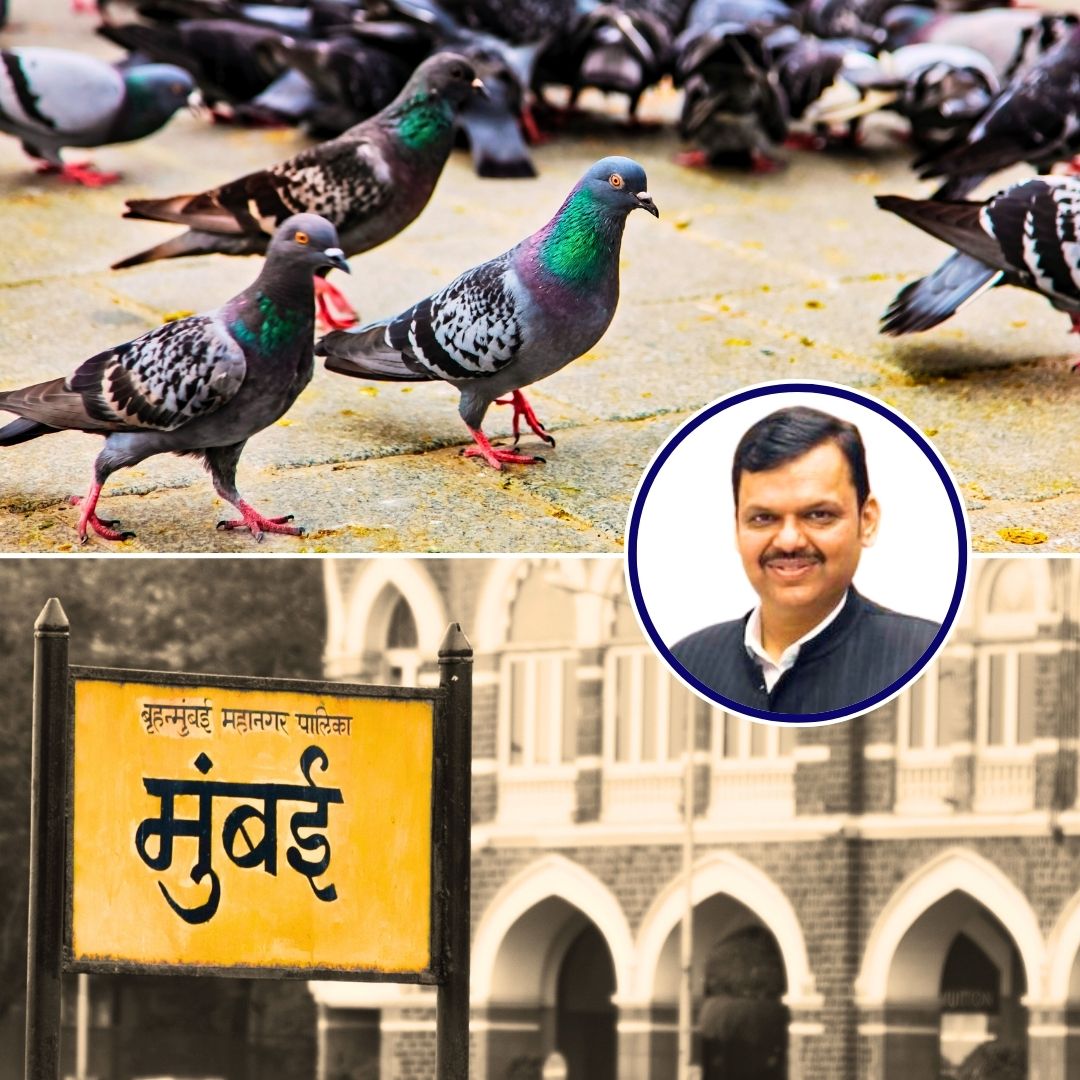The Maharashtra government has directed the Brihanmumbai Municipal Corporation (BMC) to immediately shut down all ‘kabootar khanas’ (pigeon feeding points) in Mumbai, citing serious health hazards from pigeon droppings and feathers. The order, announced on July 4, 2025, follows rising concerns over respiratory illnesses among residents living near these sites.
Officials have confirmed that 51 such feeding points will be targeted, with an awareness drive to inform the public about the risks. The move has sparked debate, with some residents and animal welfare groups expressing concerns about the welfare of the birds and the cultural significance of these spaces.
Health Risks and Official Response
The decision was prompted by discussions in the Maharashtra Legislative Council, where Shiv Sena leader and nominated MLC Manisha Kayande highlighted the dangers posed by ‘kabootar khanas’, stating, “These ‘kabootar khanas’ pose a danger to the people living around them as their waste and feathers lead to respiratory diseases.” BJP leader Chitra Wagh shared a personal loss, attributing her aunt’s death to respiratory complications from pigeon droppings.
Urban Development Minister Uday Samant, representing Deputy Chief Minister Eknath Shinde, informed the House that the BMC will launch an awareness campaign within a month and has been instructed to begin closures immediately. He also noted the need to educate the public, as pigeons have been observed feeding on leftover fast food at public spaces like Girgaum Chowpatty.
Background and Community Reactions
Mumbai’s ‘kabootar khanas’ have been a part of the city’s landscape for over a century, with many residents feeding pigeons as an act of kindness and religious merit5. However, health concerns have grown in recent years, with previous attempts to close unauthorised feeding points in areas like Santacruz East and West, which have since been converted into gardens and traffic islands.
The closures have not been without controversy—animal welfare groups and some local residents have protested, arguing that the shutdowns leave thousands of birds without food and disrupt long-standing traditions6. Officials maintain that public health and hygiene must take precedence, especially given the documented surge in respiratory illnesses near these sites.
The Logical Indian’s Perspective
The decision to close Mumbai’s ‘kabootar khanas’ highlights the ongoing challenge of balancing public health with compassion for animals and respect for community traditions.
While the health risks posed by pigeon droppings are real and must be addressed, it is equally important to ensure that humane alternatives are provided for the birds and that affected communities are engaged in dialogue.











